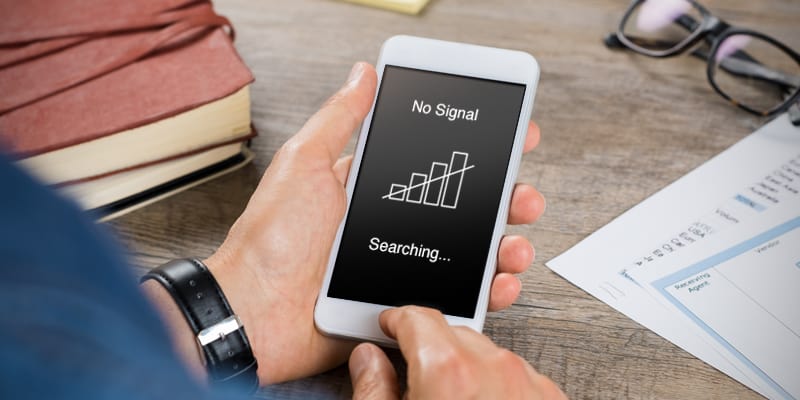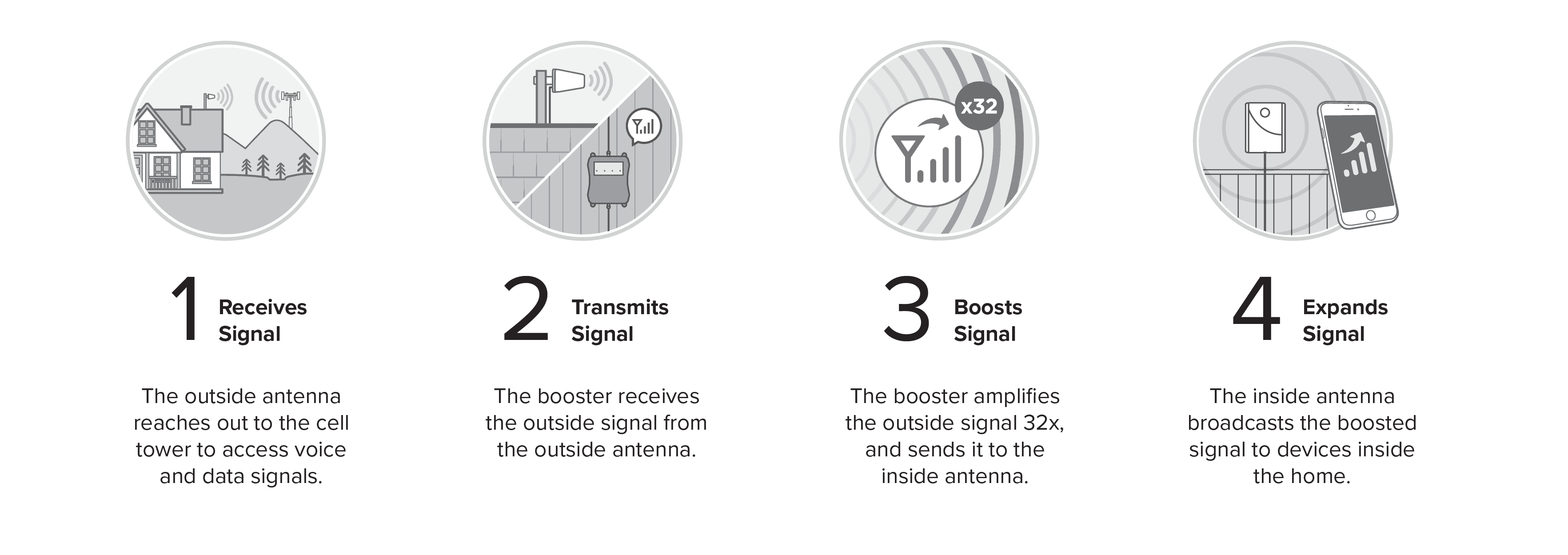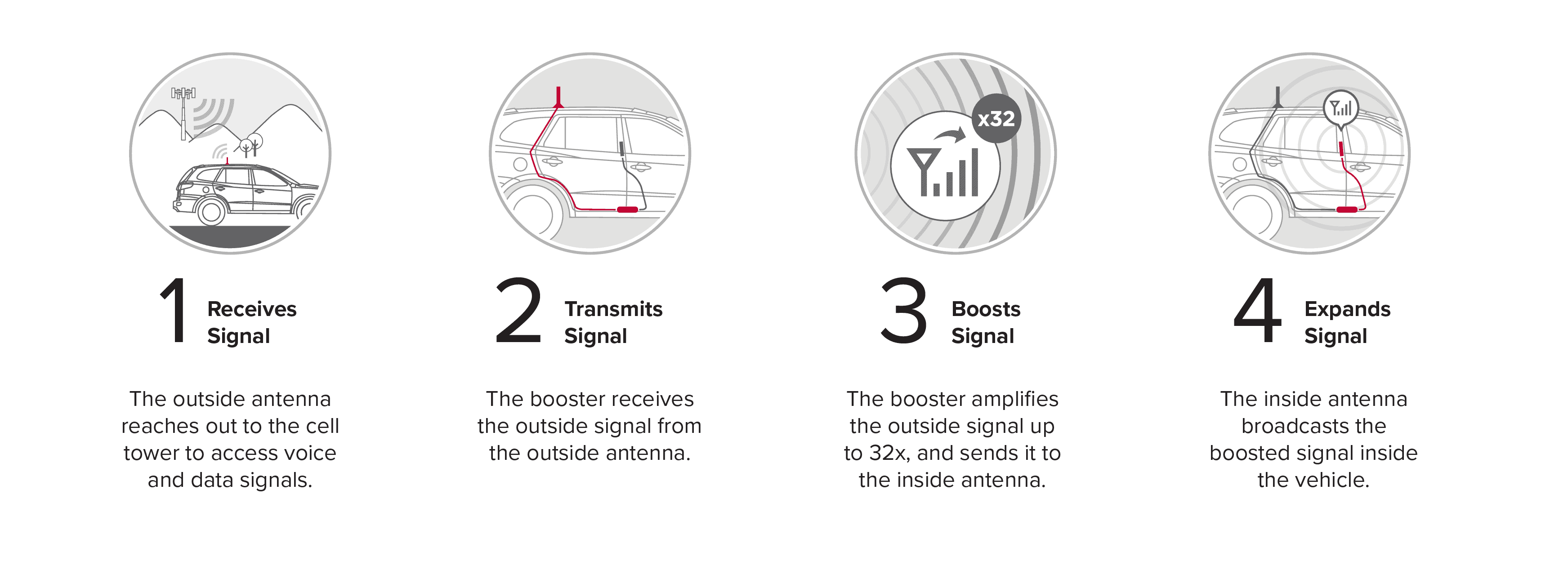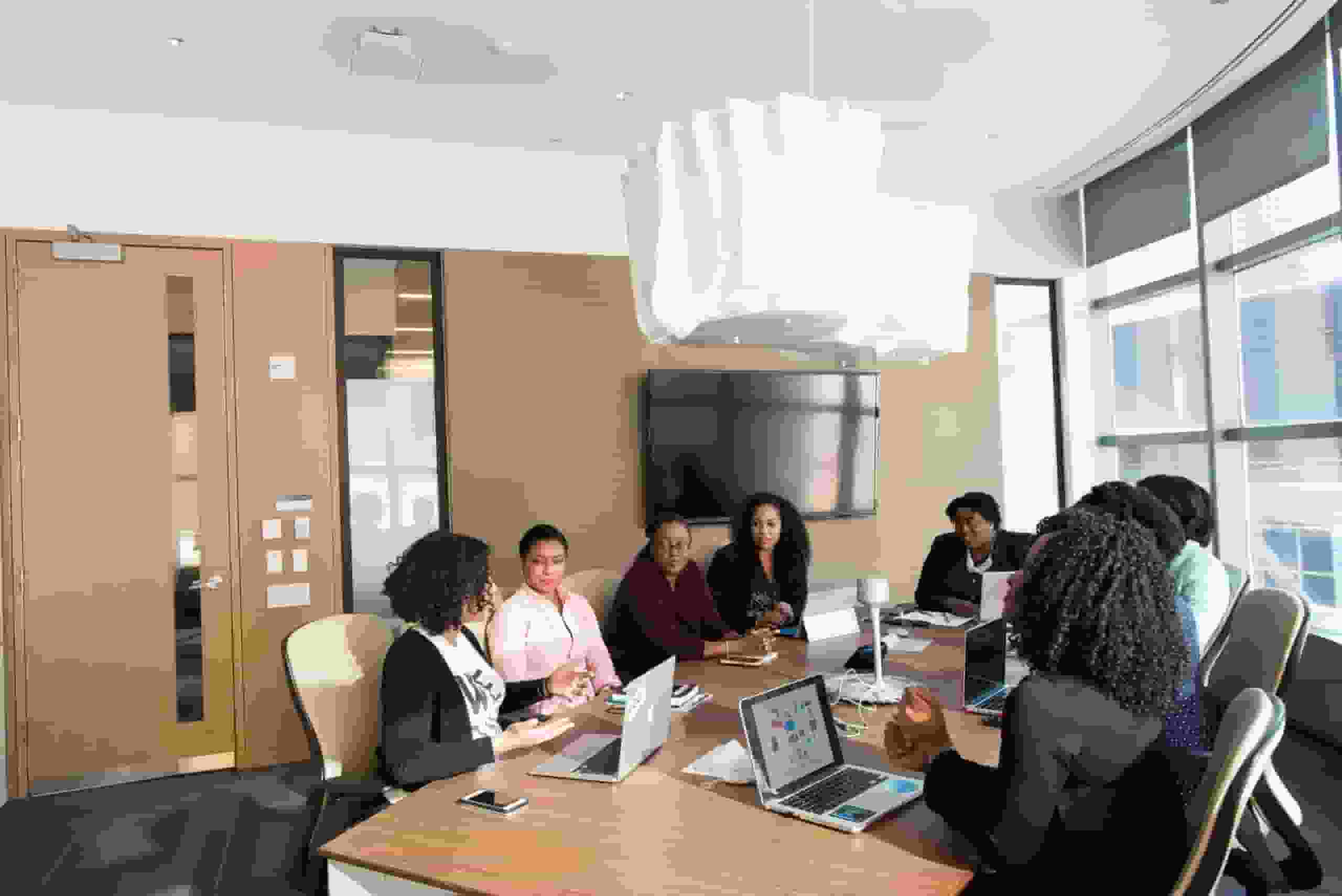How Do Cell Phone Signal Boosters Work?
Posted on 4/25/2023 by Meredith Pond
How do cell phone boosters work? Do they work at all? A lot of people ask these questions due to past scam products that claimed to enhance cell phone reception but didn’t actually do anything. They also weren’t regulated, so there was nothing to back up their claims or prevent these products from actually doing harm.
Fortunately, times have changed, and the short answer is, “Yes, cell phone boosters work.” They can boost the cell signal strength inside your home, business, or vehicle by up to 32 times, giving you faster data and more bars. Read on to learn more about how cell phone boosters work.

What is a cell phone signal booster?
A cell phone signal booster (often referred to as a cell phone booster) is a system that can boost weak outside cell signal and bring it into a building or vehicle to deliver fewer dropped calls, faster data speeds, better call quality, and more reliable messaging.
Your cell phone is essentially a two-way radio operating behind a modern user interface and communicates with the cell tower by means of radio frequency (RF) signals.
So how do cell phone boosters work? They work by pulling cell signal from the nearest cell tower with an outside antenna, amplifying those signals, then rebroadcasting the amplified signals inside so your device/phone receives them. It can detect very faint and weak signals and boost them when there are obstructions in the way.
How do cell phone boosters work?
- Receives Signal – The outside antenna, which is mounted on a car roof or an exterior wall, communicates with the cell tower to access voice and data signal.
- Cell signal is passed along coax cable to the booster.
- Boosts Signal – The booster receives the signal and amplifies it. The amplified signal is then passed to the inside antenna.
- Broadcasts Signal – The inside antenna distributes the amplified signal into the interior space where cellular devices can use it.
Your mobile phone gets boosted cell signal so now you won’t have dropped calls or undelivered texts. When a cell phone transmits a signal back to the tower the booster system repeats the process described above in reverse order, once again bypassing the potential obstructions.
Much of the time mobile reception and cell coverage problems are caused by building materials that block RF signals like brick, steel, stone, low-emittance glass, concrete, metal roofing or siding, etc.
How do cell phone boosters work in homes or businesses?

How do cell phone boosters work in vehicles?

Do cell phone boosters work?
Many years ago, cell phone boosters weren’t regulated and would sometimes interfere with a carrier’s signal.
But since 2014, all U. S. cell phone signal boosters must be certified by the FCC to work as claimed in overcoming poor cell phone reception or extending usable range.
The Federal Communication Commission (FCC) tests and certifies all cell boosters on the market. These government certifications are assurance for consumers that (a) cell signal boosters work as manufacturers claim, and (b) that boosters don’t cause harmful interference on the cellular network.
There are also lots of third-party tests and reviews about how well cell phone signal boosters work. Please see below for some real-life examples:
This chart below shows testing done by the Fit RV with a weBoost booster that shows the improvement in signal with the booster on vs. without it turned off. The testing was done in 2019 using our Drive X RV model. Though we have released newer models since then, we still offer Drive X RV and the principles are the same.

Here are some video reviews that show how weBoost boosters work.
Will a cell phone booster work for me?
But how do you know if a cell booster will work under your specific poor-signal conditions? Here’s a test to help you tell.
If you have poor cell signal at home or work:
- Walk outside the building where you have bad cell reception.
- If you can get at least some cell signal outside, a cell phone signal booster can help enhance your indoor connectivity. The stronger the outside signal, the more coverage area a booster will provide indoors.
- If there is no cell signal at all outside, then a signal booster may not be the best option to improve your reception.
- If you want to get technical, try putting your iPhone in field test mode or Android in field test mode to see your actual signal strength.
If you have poor cell signal in your car/vehicle on your daily commute or when traveling, a cell phone booster would be a good option for you. However, keep in mind that a cell phone booster won’t create a signal if there is absolutely no cell service. There must be at least a weak signal that the booster can amplify into your vehicle or building.
Cell phone signal boosters that actually work
weBoost cell phone boosters work in trucks, RV’s, cars and homes of all sizes. They are FCC approved and boost all carriers like Verizon, AT&T, T-Mobile and more. They also boost all network speeds like 3G, 4GLTE and 5G, work with all cellular devices. weBoost signal boosters amplify cell signal for multiple devices and networks simultaneously.
weBoost is a brand that you can trust. We’ve been in the market since the 90s and were the first to design and manufacture signal boosters.
Check out weBoost cell phone signal boosters below:
Cell Phone Boosters for Cars & Trucks:
- Drive Sleek – Best Cradle Booster
- Drive Reach – Best for Passenger Cars and SUVs
- Drive Reach OTR – Best for Semi-Trucks
Cell Phone Boosters for RVs:
- Drive Reach RV – Best for Use While Driving
- Destination RV – Best for Stationary Use
Cell Phone Boosters for Homes:
- Home Room – For One Room – Up to 1,500 sq ft
- Home MultiRoom – For Medium Homes – Up to 5,000 sq ft
- Home Complete Installed – For Large Homes – Up to 7,500 sq ft (installation included)
Cell Phone Boosters for Businesses:
- Office 200 Pro Installed – For Small-Medium Businesses up to 15,000 sq ft* (installation included)
- Office 200 – For Small-Medium Businesses up to 10,000 sq ft*
- Office 100 – For Small-Medium Businesses up to 8,000 sq ft*
* Coverage claims are based on estimates and can vary depending on factors such as outside signal strength, building construction, and building layout. Wilson Electronics’ Office products are the best performing cell signal boosters for smaller buildings. For larger buildings exceeding 15,000 square feet, we recommend the WilsonPro product lineup for optimal in-building cell signal performance.



